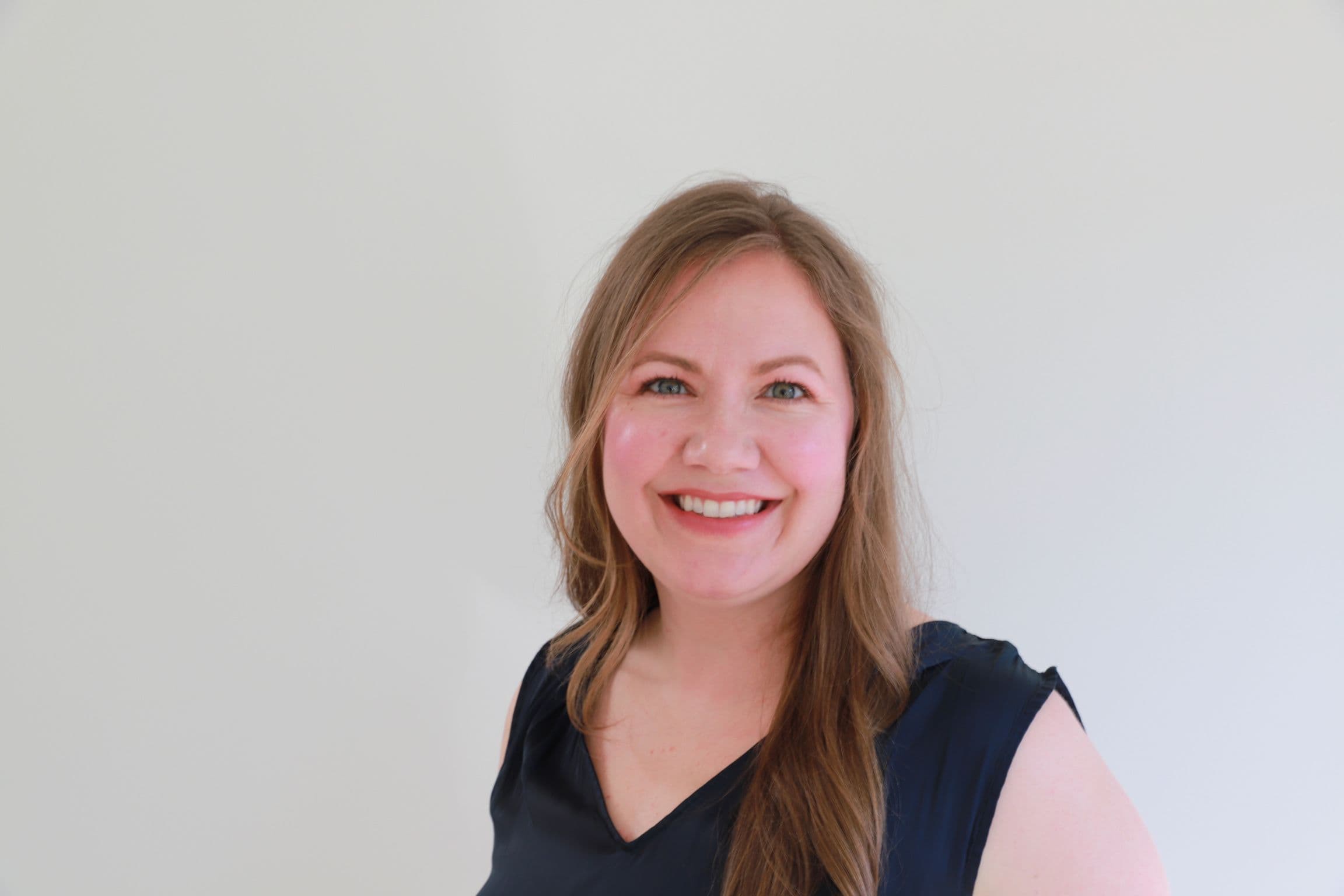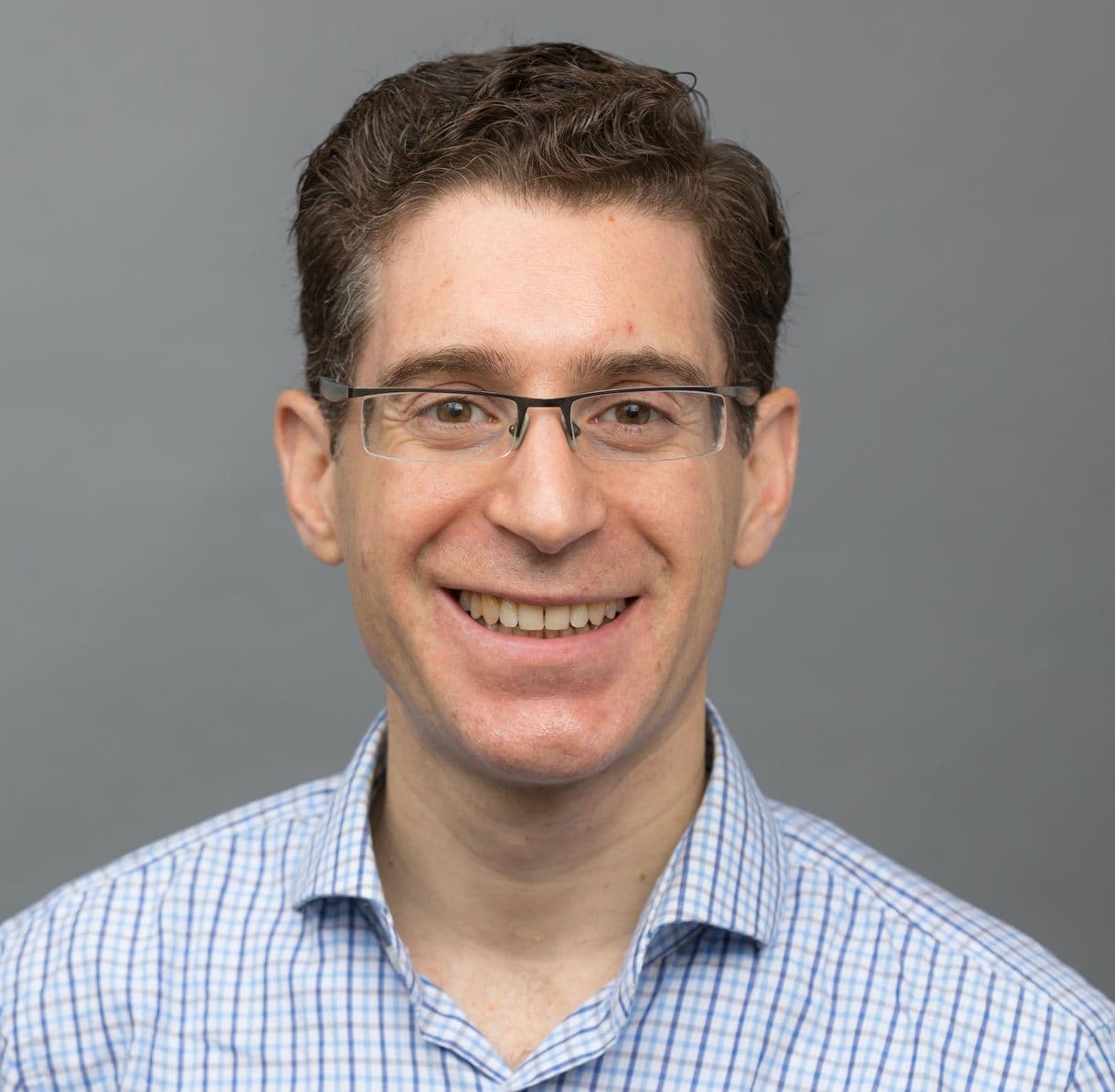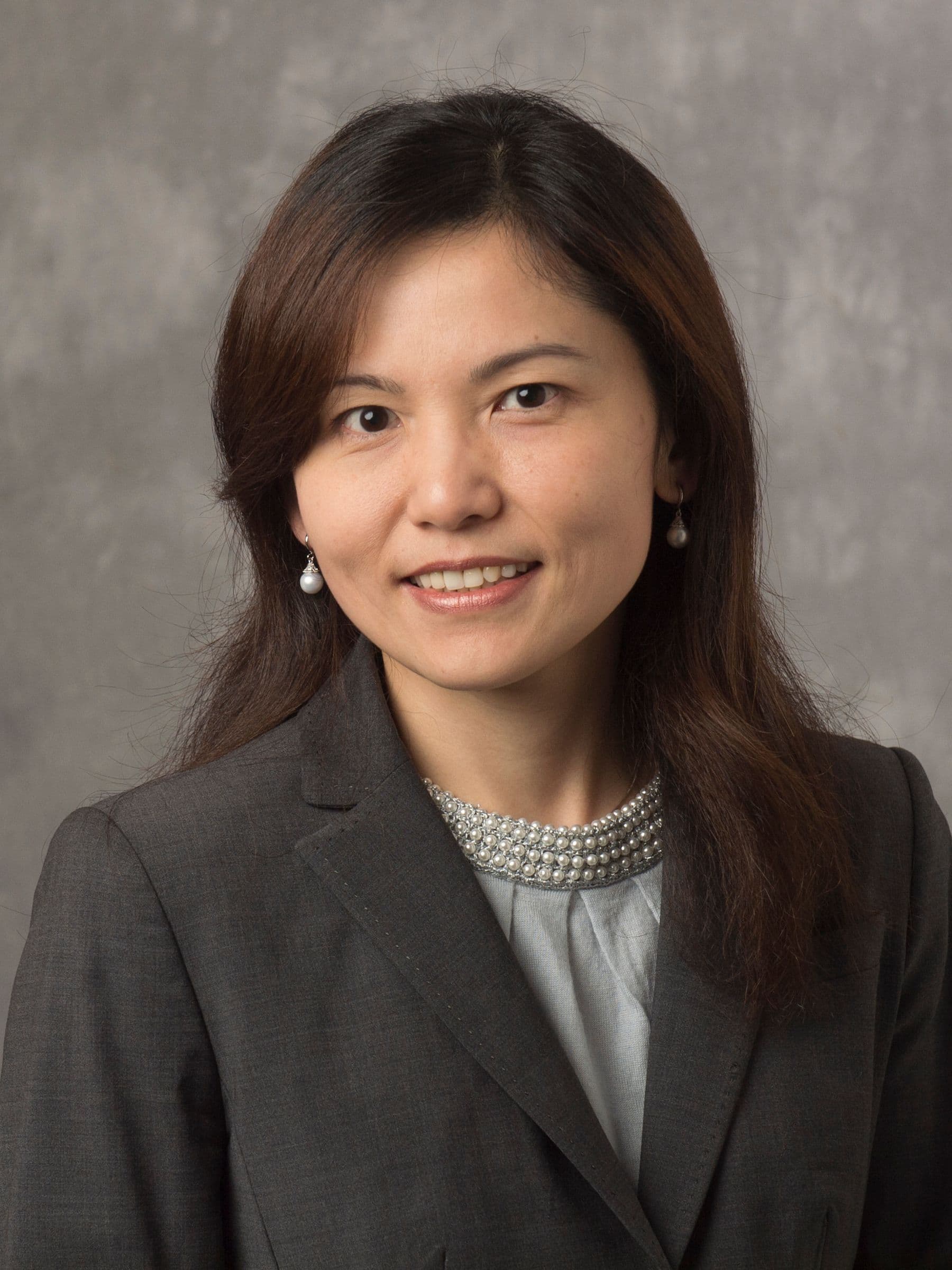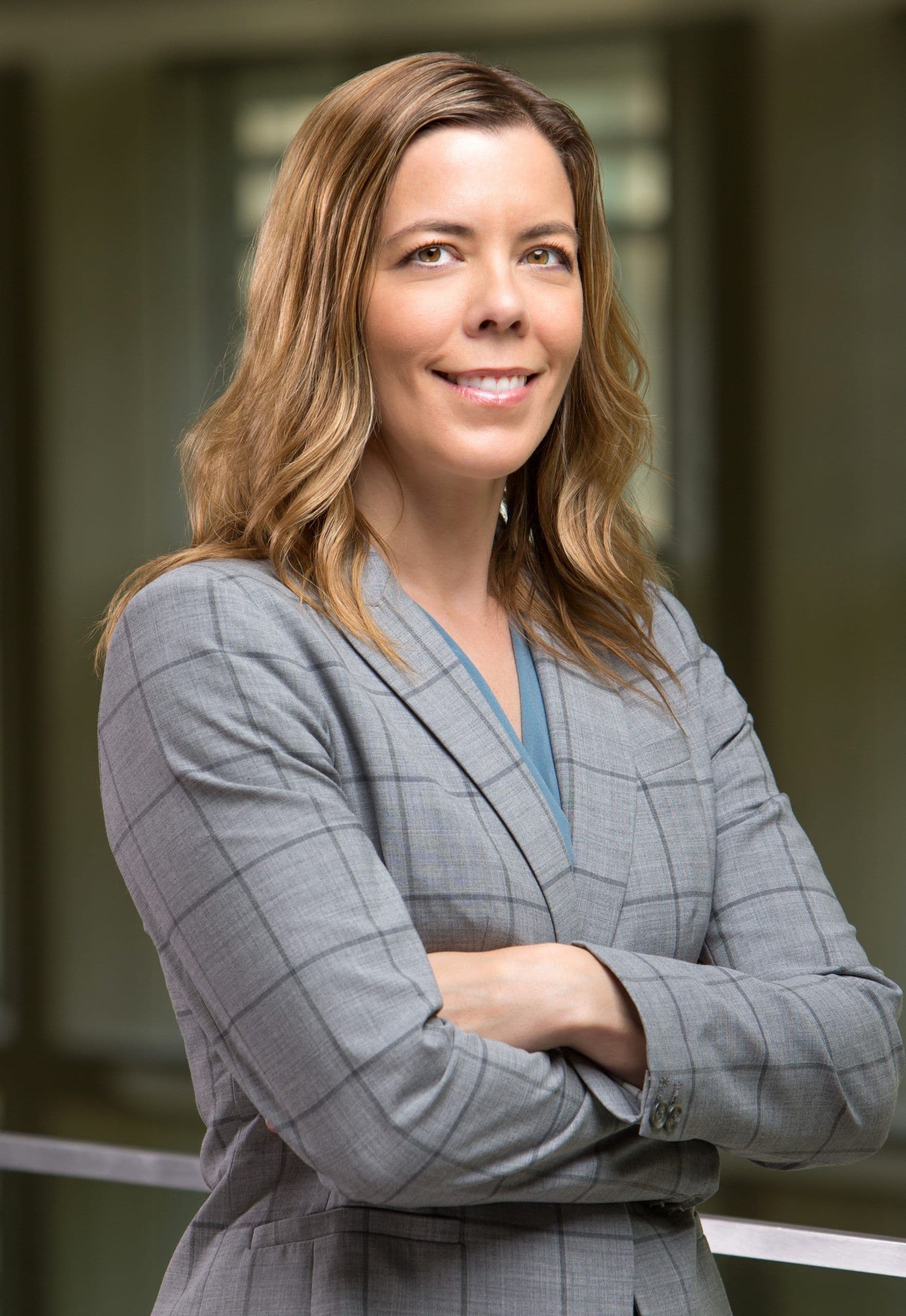
Learn about the newest Associate Editors across the ACS Publications journal portfolio. When new associate editors come on board with ACS Publications, they bring new experience, expertise and knowledge to the journal and the community, which ultimately contributes greatly to the success of the journal. Get to know our most recently appointed Associate Editors in the post below:
- Jackie Stewart, Journal of Chemical Education
- Jeremy Baskin, ACS Chemical Biology
- Candace Tsai, ACS Chemical Health and Safety
- Melissa Grunlan, ACS Macro Letters

Jackie Stewart, Journal of Chemical Education
What is your research focus? What initially attracted you to your field?
I conduct basic and applied educational psychology research to improve chemistry learning and instruction. I use quantitative and qualitative techniques to investigate chemistry learning at the cognitive, course, and institutional levels. My current research is investigating the role of emotions on learning from feedback and (separately) equity in first-year science courses. I was drawn to chemistry education research first to address issues I noticed in my own classes, then to improve learning more broadly in my department, and then to contribute to systemic changes to make chemistry learning environments more inclusive and equitable. When I started graduate school there were no chemistry education graduate programs in Canada so I studied educational psychology. There are now a handful of programs training the next generation of chemistry education researchers in Canada which is exciting to see.
What do you hope to bring to your journal?
People come to chemistry education research (CER) in various ways, through specialized graduate degree programs, other related education fields, or by transitioning or combining CER with their chemistry research. I hope to continue the Journal of Chemical Education’s role in welcoming new people to CER by facilitating reviews that help researchers improve their manuscripts and their abilities as researchers. Teaching is both a science and an art, and I hope to help the Journal continue to provide the best possible research for educators to make evidence-based decisions about curriculum and pedagogy. This nicely complements the JCE articles that provide creative ideas for educators to incorporate into their teaching practice in an artful way.
What are the major challenges facing your field today?
Chemistry education research that aims to make chemistry more diverse, equitable, and inclusive is helping to address the major challenge of systems pushing qualified people out at many levels. From a social justice perspective, equitable chemistry education will make chemistry careers available to everyone. From an economic perspective, preventing an exodus of scientists from the chemistry field will result in a robust workforce. Promising research is identifying inclusive practices that will help correct long-standing inequities.
What do you think is the most interesting and/or important unsolved problem in your field?
I think one of the most important challenges in chemistry education at the moment is how to weave findings from cognitive science and education research into undergraduate chemistry course designs. Courses exist in a complex system and instructors need to consider the diversity of students’ incoming knowledge and motivation, as well as the educational context, students’ workload, and social dynamics.
Do you have a recent paper in an ACS journal that you’d like to highlight?
I am really proud of a paper I recently published with an undergraduate collaborator in the Journal of Chemical Education special issue on Diversity, Equity, Inclusion, and Respect in Chemistry Education Research and Practice (https://doi.org/10.1021/acs.jchemed.1c00498). We documented the experiences of gender-diverse chemistry students. Listening to their stories helped me become a better ally and advocate for inclusive teaching practices that help foster students’ sense of belonging in chemistry. Their stories are moving and powerful, demonstrate their strong desire to learn chemistry, and shed light on some challenges people might not realize are present for many students, such as the need to hide their identities and struggles with course group work. The article has led to important discussions within and beyond my own department.
Listening to Nonbinary Chemistry Students: Nonacademic Roadblocks to Success
Bec Chan and Jaclyn J. Stewart
J. Chem. Educ. 2022, 99, 1, 409–416
Publication Date: November 11, 2021
DOI: 10.1021/acs.jchemed.1c00498
Anything else you’d like readers to know about you?
I have taught organic chemistry to over 5,500 students and feel grateful to be a part of so many students’ journeys. It is an honour to play a small role in helping others achieve their goals. I am Canadian and live on the West coast of British Columbia with my husband, two young sons, and golden retriever.

Jeremy Baskin, ACS Chemical Biology
What is your research focus? What initially attracted you to your field?
My research interests are focused on the chemical biology and cell biology of lipids and membranes. I have enamored with chemical biology ever since my days as a student working on bioorthogonal chemistry for protein labeling and glycan imaging, and I became fascinated with membrane trafficking and lipids during my postdoctoral studies. The complex metabolic web and dynamic nature of lipids is a great playground for chemical biologists to work in to develop precision tools for studying these biological molecules. psychology. There are now a handful of programs training the next generation of chemistry education researchers in Canada which is exciting to see.
What do you hope to bring to your journal?
I hope to help ACS Chemical Biology serve as a major hub for the chemical biology community, publishing the most interesting, innovative, and impactful science in chemical biology, broadly defined, and serving as a resource containing commentaries, reviews, and perspectives on the important issues facing our field today.
What are the major challenges facing your field today?
I think that chemical biology as a whole is facing head-on the challenge of applying tools for making impactful biological discoveries, which is part of a natural evolution of the field as it matures and draws in researchers from more scientifically diverse backgrounds.
What do you think is the most interesting and/or important unsolved problem in your field?
In the lipid world, understanding how cells control the synthesis, transport, and degradation of these dynamic hydrophobic molecules that have to navigate an aqueous world is one of the most important unsolved problem.
Do you have a recent paper in an ACS journal that you’d like to highlight?
“I’m super excited about our recent paper developing a photoaffinity labeling strategy to dig into the interactome and biology of ethanol-derived phospholipids that are formed in vivo following alcohol consumption. These are long-lived lipids used clinically as biomarkers, but no one knows how they may perturb our physiology. Our chemical probes could be a promising avenue to uncovering some of the mechanisms underlying their pathophysiological effects.
A Chemoproteomics Approach to Profile Phospholipase D-Derived Phosphatidyl Alcohol Interactions
Weizhi Yu, Zhi Lin, Christina M. Woo, and Jeremy M. Baskin
ACS Chem. Biol. 2021
Publication Date: December 15, 2021
DOI: 10.1021/acschembio.1c00584

Candace Tsai, ACS Chemical Health and Safety
What is your research focus? What initially attracted you to your field?
Exposure assessment and health and safety in occupational and environmental settings.
What do you hope to bring to your journal?
More visibility of this journal to a broad range of health and safety communities.
What are the major challenges facing your field today?
Uncertain risks and not well known new hazards which require advanced studies and investigations to assist the communities and users understanding a better approach in protecting them. For example, the nanomaterials and nano-containg products are still not well understood regarding the impacts to human, and the environment.
What do you think is the most interesting and/or important unsolved problem in your field?
The drive to push “actions” to happen.
Do you have a recent paper in an ACS journal that you’d like to highlight?
Yes, the cloth masks containing nanosilver particles published in 2021.
Cloth Face Masks Containing Silver: Evaluating the Status
Melissa S. Blevens, Homero F. Pastrana, Hannah C. Mazzotta, and Candace Su-Jung Tsai*
ACS Chem. Health Saf. 2021, 28, 3, 171–182
Publication Date:April 16, 2021
DOI: 10.1021/acs.chas.1c00005
Anything else you’d like readers to know about you?
I am a scientist and professor who is passionate in promoting a healthier environment for living and working through educating next generation and scientific journeys.

Melissa Grunlan, ACS Macro Letters
What is your research focus? What initially attracted you to your field?
My work is focused on the development of synthetic polymeric biomaterials for implanted medical devices and for regenerative engineering. Innovations in polymer research have infinite potential to advance medicine in terms of device development and improvement.”
What do you hope to bring to your journal?
I hope to promote ACS Macro Letters as the go-to journal to publish cutting-edge work in areas of polymeric biomaterials research.
What are the major challenges facing your field today?
Marrying fundamental and translational concepts in polymeric biomaterial research requires broadening perspectives and collaborations – but presents a huge opportunity!
What do you think is the most interesting and/or important unsolved problem in your field?
Polymeric biomaterials that can advance regenerative engineering of various types of tissues would have far-reaching impact in medicine.
Do you have a recent paper in an ACS journal that you’d like to highlight?
Yes, the cloth masks containing nanosilver particles published in 2021.
Spatially Controlled Templated Hydrogels for Orthopedic Interfacial Tissue Regeneration
Michael T. Frassica, Connor J. Demott, Esteban M. Ramirez, and Melissa A. Grunlan
CS Macro Lett. 2020, 9, 12, 1740–1744
Publication Date: November 16, 2020
DOI: 10.1021/acsmacrolett.0c00712